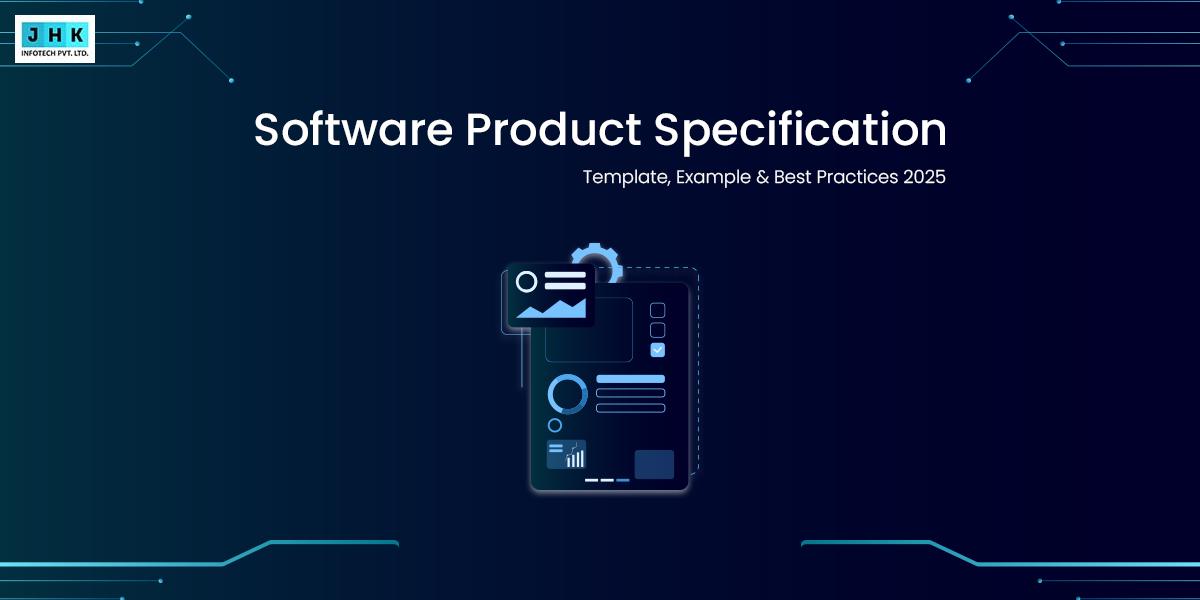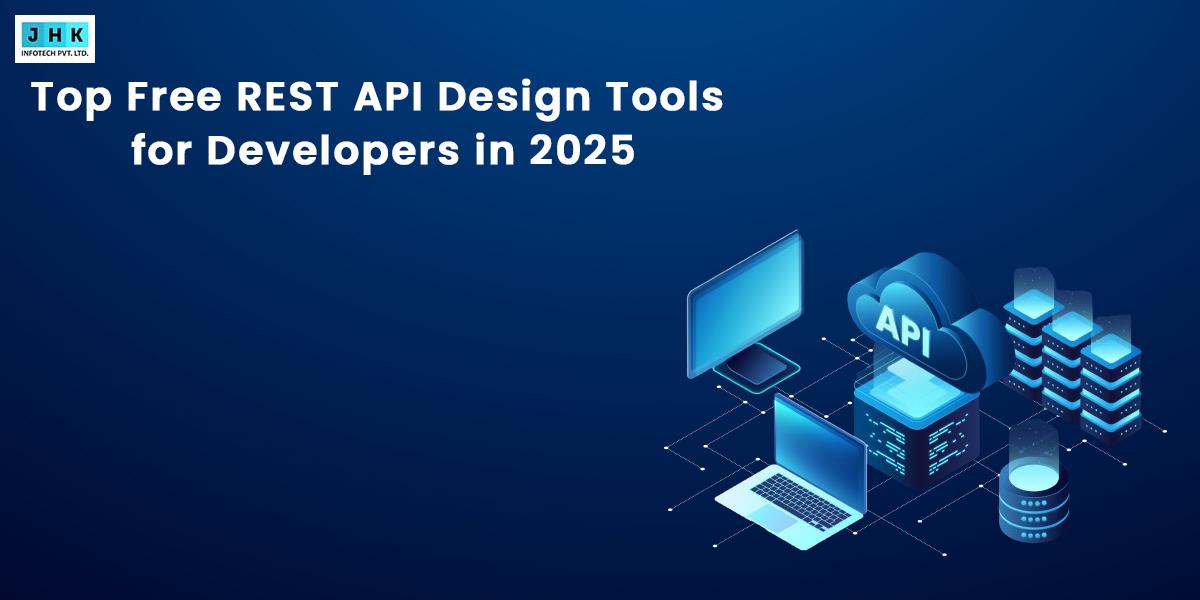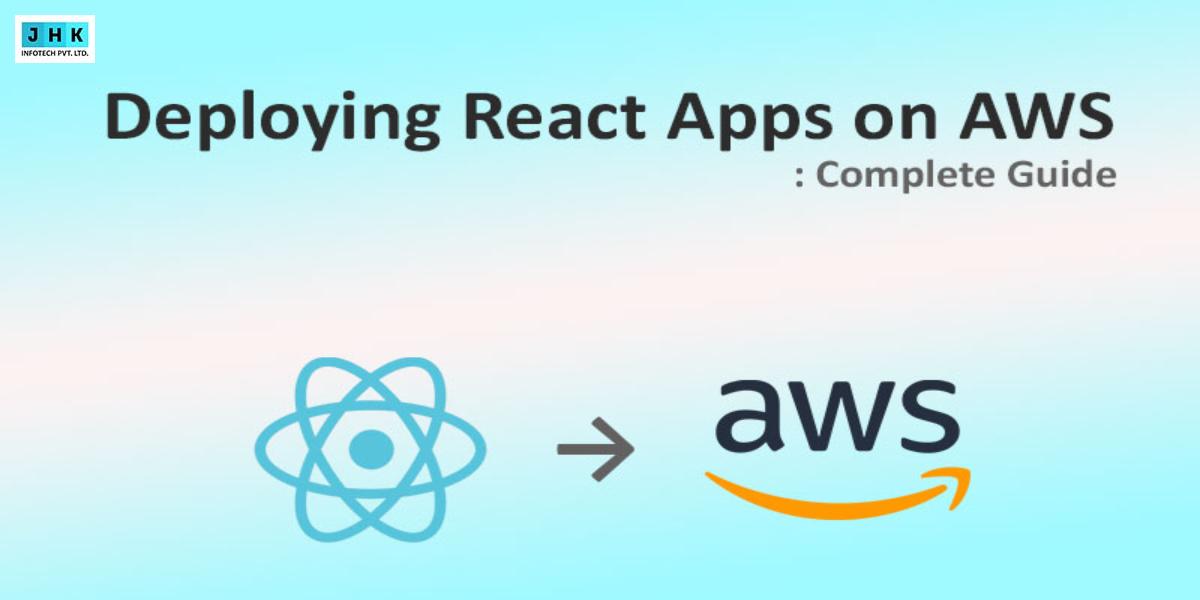How to Use Business Intelligence in Mobile App Development

Over the last decade, the integration of business intelligence (BI) into mobile app development has shifted from a niche consideration to an essential component of modern applications. Developers and businesses alike have recognized that providing users with a personalized, data-driven experience can significantly enhance both engagement and satisfaction. BI enables apps to gather, analyze, and act on data in real-time, transforming static platforms into dynamic, responsive systems.
Mobile applications today are far more than just tools; they are gateways for businesses to interact with their customers in increasingly sophisticated ways. By leveraging data collected from users’ interactions, BI tools offer deep insights that can inform decision-making processes and improve user experience. As mobile apps become increasingly complex and data-driven, integrating business intelligence is no longer optional – it’s a necessity.
Why integrating business intelligence is crucial for mobile apps
In the fast-paced digital environment, businesses must move beyond the simple collection of user data. The real value lies in the insights derived from that data. BI offers a framework for collecting vast amounts of information, analyzing it, and applying it to make smarter business decisions. For mobile apps, this means that app developers and business owners can refine user interfaces, predict user behavior, optimize content, and even personalize experiences. This integration not only helps enhance the app’s functionality but also increases its overall value to the business.
What is Business Intelligence and How Does it Apply to Mobile Apps?
Defining business intelligence in the context of mobile apps
Business intelligence in mobile apps refers to the technologies, strategies, and tools that enable the collection, integration, analysis, and presentation of business data within a mobile platform. Through BI, mobile applications can perform tasks like data mining, reporting, and real-time analytics. This allows businesses to make informed decisions based on actual user behavior, performance metrics, and trends, leading to improved app functionality, user experience, and operational efficiency.
Key components of business intelligence in mobile applications
The core components of BI in mobile apps include:
- Data Collection: The first step involves gathering data from various sources, including user interactions, device sensors, or external APIs.
- Data Integration: After collecting raw data, it needs to be integrated and organized to make sense across multiple sources.
- Analytics: Data analysis is conducted to extract valuable insights, identify patterns, and predict future outcomes.
- Visualization: Data visualizations such as dashboards and graphs provide users with easily interpretable insights in real-time.
- Reporting: BI tools generate reports based on the collected data, providing both app owners and users with detailed and actionable information.
The Benefits of Using Business Intelligence in Mobile Apps
Enhanced decision-making through real-time data
One of the greatest advantages of integrating BI into mobile apps is the ability to make data-driven decisions in real-time. Mobile applications continuously collect data from users, which, when analyzed promptly, offers valuable insights that can be used to tweak features, adjust UI/UX elements, or personalize user interactions. This real-time capability not only helps improve immediate app performance but also helps businesses stay agile in an ever-changing market.
Improved user experience and personalized recommendations
Business intelligence allows for the creation of personalized experiences based on individual user behavior, preferences, and interactions. By analyzing patterns in user data, mobile apps can present tailored recommendations, content, or offers. For example, an e-commerce app can suggest products based on browsing history, while a fitness app can offer workout plans suited to a user’s fitness level. This level of personalization fosters a deeper connection between the app and its users, enhancing their overall satisfaction.
Optimized app performance and functionality
With BI, developers can analyze app performance metrics such as load times, crash reports, and user engagement data. This analysis helps to identify bottlenecks, glitches, or features that are underperforming. By continuously monitoring this data, businesses can implement improvements that lead to a more fluid and seamless user experience, reducing churn rates and increasing overall app ratings.
Integrating Business Intelligence in Mobile Apps
Identifying the right business intelligence tools
Choosing the right BI tool is crucial for the success of any mobile app. Factors such as scalability, ease of integration, and the ability to handle real-time data should be prioritized. Tools like Tableau, Power BI, and Looker are popular among mobile app developers for their versatility and robust analytics features. It’s essential to choose a tool that aligns with the app’s goals and the business’s data strategy.
Connecting data sources to your mobile application
For business intelligence to work effectively, data from various sources must be seamlessly integrated into the mobile app. These sources can include internal databases, user input, third-party services, or cloud platforms. Integration must be smooth to ensure data flows in real-time without causing lags or performance issues. APIs are commonly used to connect disparate data sources and enable this continuous flow of information.
Choosing between cloud-based or on-premise business intelligence solutions
When it comes to implementing BI in mobile apps, businesses must decide between cloud-based or on-premise BI solutions. Cloud-based solutions offer the advantage of scalability and remote access, while on-premise solutions provide more control over data security. For mobile app development, cloud-based solutions are often preferred due to their ease of deployment and flexibility in managing data across multiple devices.
Analyzing Data in Mobile Apps
How to collect data for business intelligence insights
Data collection for BI in mobile apps involves gathering both qualitative and quantitative data from users. This can include user activity data, behavioral patterns, and in-app actions. Collecting the right kind of data is critical; irrelevant or poorly structured data can lead to inaccurate insights. Using analytics tools and tracking software helps gather this information in an organized and actionable format.
data sources: Structured vs. unstructured data
In mobile apps, data can be categorized into structured and unstructured data. Structured data refers to well-organized data, such as user profiles or transactional records, stored in rows and columns. Unstructured data, like user comments or feedback, requires more sophisticated methods for processing. Business intelligence tools help convert unstructured data into structured formats that are easier to analyze and interpret.
Real-Time Business Intelligence in Mobile Apps
The importance of real-time data processing
Real-time data processing is crucial for delivering a responsive and engaging mobile app experience. With real-time BI, apps can continuously monitor and adjust to changing user behavior, system performance, and market trends. This enables immediate responses to user actions and allows for dynamic content updates, creating a more engaging and efficient app experience.
How real-time business intelligence enhances user interaction
Real-time BI makes it possible for mobile apps to interact with users in more meaningful ways. By processing data in real-time, apps can instantly personalize recommendations, deliver live updates, or push notifications based on current behavior. This not only increases engagement but also ensures that the user experience remains relevant and responsive to changing needs.
How to Leverage Business Intelligence for Mobile App Analytics
Tracking user behavior and engagement
BI tools enable app developers to track detailed user behaviors, including click patterns, session lengths, and feature usage. By analyzing this data, developers can identify which features are popular, which are underutilized, and where users may be encountering difficulties. These insights drive decisions on how to enhance features, optimize navigation, and improve the overall user experience.
Analyzing in-app actions to improve functionality
In-app actions such as purchases, clicks, and form submissions provide valuable data that can be used to refine app functionality. For instance, if data shows that users frequently abandon their shopping carts in an e-commerce app, business intelligence can help pinpoint the reasons behind this behavior, such as checkout issues or payment errors. Developers can then make targeted improvements to reduce friction and boost conversions.
Business Intelligence for Mobile App Personalization
Using business intelligence to create personalized experiences
BI allows mobile apps to provide unique experiences tailored to individual users. By analyzing data points such as user preferences, location, and behavior, apps can offer personalized recommendations, content, and services. This level of personalization fosters user loyalty, encouraging repeated use and improving customer retention.
How data insights can drive targeted content and notifications
Using business intelligence, mobile apps can send personalized notifications based on user interests, past interactions, and in-app behavior. For example, an entertainment app can suggest new content based on viewing history, while a fitness app can recommend workout routines aligned with a user’s progress. Targeted content increases the likelihood of engagement and keeps users coming back.
Enhancing Mobile App Security with Business Intelligence
Monitoring user activity for potential threats
BI tools are increasingly being used to bolster mobile app security by monitoring user activity for unusual patterns or signs of malicious behavior. For example, BI can detect if a user is accessing the app from an unusual location or attempting suspicious transactions. By flagging these anomalies in real-time, security breaches can be prevented before they cause harm.
How business intelligence tools help identify security risks
Security is a top concern for mobile apps, particularly those handling sensitive data. BI tools help track and identify vulnerabilities, including potential breaches in data access or unusual app usage. By continuously analyzing security data, business intelligence enables proactive steps to safeguard user data, ensuring that the app remains secure and trustworthy.
Improving Mobile App Marketing Strategies with Business Intelligence
How business intelligence informs marketing decisions
BI plays a pivotal role in shaping mobile app marketing strategies by providing insights into user demographics, preferences, and behaviors. With these insights, marketers can target specific user groups more effectively, tailor messaging, and optimize ad campaigns. Business intelligence enables data-driven marketing that yields higher conversion rates and more meaningful customer interactions.
Tracking and analyzing marketing campaign
By integrating BI into marketing efforts, app developers and marketers can track the success of campaigns in real-time. Metrics like click-through rates, in-app purchases, and user engagement provide valuable feedback on campaign performance. This allows businesses to refine their strategies, identify successful tactics, and eliminate ineffective ones, driving better results.
Business Intelligence Tools for Mobile App Developers
Top business intelligence tools available for mobile app development
A variety of business intelligence tools are available to mobile app developers, each offering unique features designed to suit different business needs. Popular BI tools like Tableau, Microsoft Power BI, and Google Data Studio are widely used for their powerful analytics and data visualization capabilities. These tools enable app developers to easily collect, analyze, and interpret data, providing them with actionable insights that can inform app updates and enhance user experience. Another notable option, Domo, is known for its cloud-based platform that integrates well with mobile apps, providing real-time data access on the go. Choosing the right tool depends on the specific requirements of the app, such as the type of data to be analyzed, scalability, and ease of integration.
Features to look for when selecting business intelligence tools
When selecting a business intelligence tool for a mobile app, it’s important to prioritize a few key features. First, the tool should be capable of handling large volumes of real-time data, ensuring that insights can be delivered instantly. Second, it should offer seamless integration with existing data sources, such as third-party APIs, cloud platforms, and databases. Additionally, a user-friendly interface that allows non-technical users to interpret the data is essential for successful adoption. Finally, scalability is a must to accommodate growing data as the app expands and user engagement increases. Tools that support robust data visualizations, such as graphs and charts, can make it easier to analyze trends and derive insights.
Machine Learning in Business Intelligence for Mobile Apps
Integrating machine learning with business intelligence
Machine learning (ML) can enhance the capabilities of business intelligence by allowing apps to make predictions and recommendations based on historical data. By integrating ML algorithms into BI processes, mobile apps can automate data analysis and gain deeper insights into user behavior. For instance, machine learning can help identify patterns in user actions that indicate a likelihood of conversion, allowing apps to push personalized content at the right moment. As ML algorithms continuously learn and adapt, the app’s intelligence becomes more refined, providing users with increasingly relevant experiences over time.
How machine learning enhances business intelligence insights
Machine learning provides significant benefits to business intelligence by enabling apps to analyze vast amounts of data quickly and accurately. By leveraging predictive analytics, machine learning models can forecast user behavior, app performance, and market trends. This allows businesses to take proactive measures rather than reacting to data in hindsight. For example, by analyzing data on past user engagement, an app can predict when users are likely to abandon their session or when they may be most likely to make an in-app purchase. These insights can drive timely interventions, such as sending a reminder or offering a discount to encourage the user to complete their action.
Optimizing Mobile App Performance with Business Intelligence
Using business intelligence to monitor and optimize app performance
Business intelligence tools can provide developers with continuous insights into an app’s performance, tracking metrics such as load times, crash reports, and response times. By monitoring these key performance indicators (KPIs) in real-time, app developers can quickly identify any performance issues and take corrective action before they impact users. BI also helps optimize backend processes, ensuring that data requests are processed efficiently, and minimizing the risk of system failures or slowdowns. Additionally, business intelligence enables developers to prioritize performance improvements based on user feedback and real-world usage data.
How to detect and fix performance bottlenecks through data analysis
Through data analysis, BI can help detect performance bottlenecks in mobile apps by identifying areas where app usage is being slowed down or disrupted. For example, if users are experiencing long load times on certain pages or if app crashes are occurring during specific actions, BI tools can pinpoint where these issues are originating. Once these problem areas are identified, developers can make adjustments to optimize the app, such as refining the code, improving server response times, or simplifying complex processes. By addressing these issues proactively, developers can enhance the app’s performance, reduce user frustration, and increase retention.
Business Intelligence for Mobile App Monetization
How data-driven insights help optimize in-app purchases and ads
Business intelligence can be instrumental in optimizing mobile app monetization strategies, especially through in-app purchases and advertisements. By analyzing user behavior, BI tools can identify the types of products or services that are most likely to convert. This data enables app developers to tailor in-app purchase offerings to match user preferences and increase conversion rates. In addition, BI can be used to optimize ad placements, targeting users with the right ads at the right time, based on their in-app actions and interests. These targeted monetization strategies lead to higher revenue without disrupting the user experience.
Tracking revenue trends and user spending
By integrating BI into the app, businesses can track user spending patterns and analyze revenue trends. Insights such as which features or products generate the most revenue, which users are likely to spend the most, and how spending behavior changes over time can inform strategic decisions. For example, if a significant portion of revenue is coming from a particular in-app purchase, the app can be designed to promote similar offerings. Additionally, by identifying which users have a high lifetime value (LTV), businesses can allocate marketing resources more effectively and nurture these valuable customer relationships.
Challenges in Integrating Business Intelligence into Mobile Apps
Common roadblocks and how to overcome them
While the benefits of BI integration are clear, businesses often face challenges when implementing these systems in mobile apps. One common roadblock is data quality – poor or incomplete data can lead to inaccurate insights, which can undermine the value of BI. Ensuring that data is clean, accurate, and consistently collected is crucial for success. Another challenge is ensuring that BI tools are seamlessly integrated with other app features and platforms. Businesses can overcome this by selecting BI solutions that are compatible with their existing tech stack and by working closely with developers to ensure smooth integration.
Ensuring data privacy and compliance in mobile apps
As mobile apps collect and process large amounts of personal data, ensuring data privacy and compliance with regulations like GDPR and CCPA is a major concern. BI tools can help track and monitor data usage to ensure that user privacy is respected. Implementing encryption, anonymizing sensitive data, and offering users the ability to control their data preferences are all best practices that should be followed to maintain compliance and build trust.
Future Trends
AI and predictive analytics in business intelligence for mobile apps
The future of business intelligence in mobile apps lies in the integration of artificial intelligence (AI) and predictive analytics. AI algorithms can analyze large datasets and make predictions about future trends or user behaviors. This allows mobile apps to not only respond to user actions but anticipate them. Predictive analytics can inform everything from product recommendations to when to push notifications, providing an even more personalized and seamless user experience.
How emerging technologies are shaping the future of business intelligence in mobile app development
Emerging technologies, such as 5G networks, IoT devices, and edge computing, will dramatically shape the future of BI in mobile app development. With 5G, the ability to process data in real-time will be accelerated, leading to faster insights and more responsive apps. The IoT will provide new data streams, allowing apps to gather more granular insights based on connected devices. Edge computing will enable mobile apps to process data locally on the device, reducing latency and improving performance.
Best Practices for Using Business Intelligence in Mobile App Development
Tips for seamless integration of business intelligence into apps
To seamlessly integrate BI into mobile apps, developers should focus on choosing the right tools, setting clear data objectives, and ensuring that data collection is non-intrusive. It’s also important to maintain the balance between gathering enough data to generate meaningful insights and respecting user privacy. Clear communication between business and technical teams can help align BI strategies with app goals, ensuring the successful implementation of business intelligence.
Maximizing the value of business intelligence through continuous optimization
Maximizing the value of BI in mobile apps requires a commitment to continuous optimization. Regularly monitoring BI tools, tracking performance metrics, and adjusting strategies based on new insights will ensure that the app remains relevant and efficient. Businesses should also keep up with advancements in BI technology, adopting new tools and methodologies as they become available to stay ahead of the competition.
Case Studies
Examining real-world examples of mobile apps using business intelligence effectively
Many successful mobile apps have harnessed the power of business intelligence to enhance user experience and optimize operations. For example, fitness apps like Strava use BI to analyze users’ activity data, providing personalized workout recommendations. E-commerce platforms like Amazon use BI to tailor product recommendations and optimize inventory management. Examining these case studies can offer valuable insights into the practical applications of BI in mobile app development.
Lessons learned from successful business intelligence integrations
Successful integrations of business intelligence into mobile apps highlight the importance of clear objectives, seamless integration, and user-centric data strategies. Key lessons include the need for continuous data monitoring, the value of real-time analytics, and the importance of maintaining transparency and user trust when collecting and using data.
Final Thought
The integration of business intelligence into mobile apps is not a one-time task, but an ongoing process that continually delivers value. By making data-driven decisions, developers can continually refine their apps to meet evolving user needs, enhance app performance, and drive business growth.
As mobile apps become more intelligent, they will continue to drive innovation and improve customer satisfaction. By leveraging business intelligence to predict user needs, optimize app functionality, and personalize experiences, businesses can create apps that stand out in the crowded marketplace. Ultimately, business intelligence enables mobile apps to evolve with the needs of their users, ensuring long-term success and engagement.










